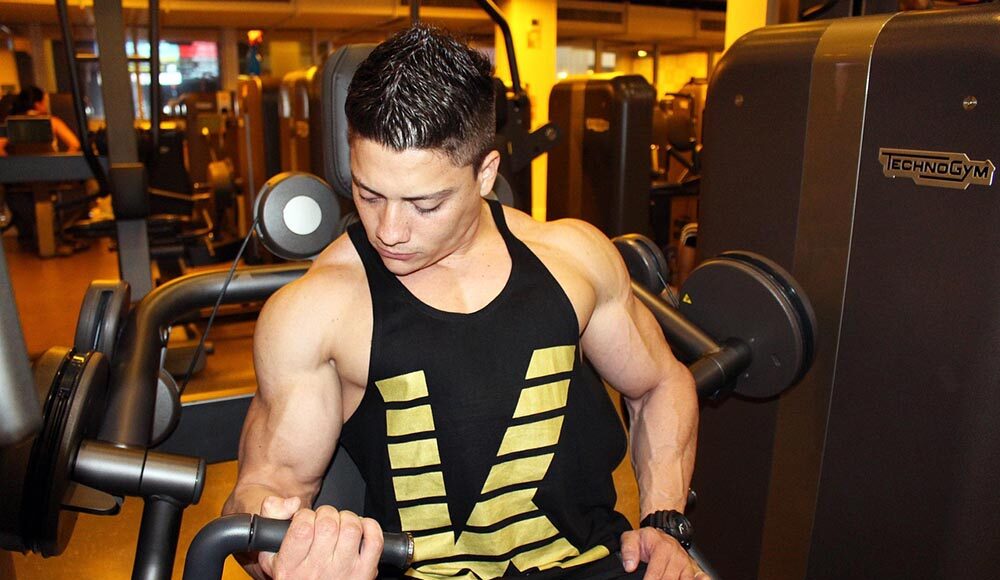Hey, you. Yes, you’re scrolling reels through your phone while thinking about getting fit, and wondering if strength training means endless squats and heavy dumbbells in a crowded gym.
Let me tell you something: choosing full-body strength training exercises is like finding the perfect fit for your lifestyle. You get stronger, leaner, and healthier without overcomplicating things.
And here’s the best part: you can build real, full-body strength and make every workout feel fresh, playful, and surprisingly fun with a trampoline. In this post, we’ll guide you through full body strength training exercises (with a trampoline twist) that are beginner-friendly, proven to work, and enjoyable enough to keep you coming back. By the end, you’ll know exactly why this method works, which moves to focus on, and how to do them confidently at home.
Advantages of Full Body Strength Training Exercises
When individuals pose the question to us as to why we would suggest full body strength training exercises routines as compared to split routine, we would tell you that there are more results in less time and the benefits are far more than just getting bigger. We can start with a stepwise breakdown of it.
Train More Muscles
Exercise based on full body strength training involves the recruitment of multiple muscles simultaneously. One squat, like that, is a combination of quads, hamstrings, glutes, and core. That is, each rep is worth more than individual efforts. With time, this will be strengthened to a level of functioning that you literally apply in your everyday life be it pulling a shopping bag or chasing after your children.
Less Time Consuming
You don’t need hours in the gym to get that dreamy body of yours. Due to the fact that these exercises involve the large muscle groups, your body labors more in a few spurts. One and a half hour of isolated work may be burnt in a 30 minute full body session. It is a game-changer for busy schedules.
Strong Bones and a Healthy Heart
It’s not just about muscles. Full body strength training helps to strengthen bones by exposing them to safe repeated pressure, which helps to increase bone density. On top of this, your heart and lungs are also getting stronger as your pulse is kept elevated with such exercises, which enhances your cardiovascular health as you gain strength.
Boost Flexibility and Mobility
In the case of the compound exercises, your joints move in the natural range of motions. That increases flexibility and mobility at a gradual rate without extensive and prolonged stretching. It is the reason as to why when people are engaged in full body training, they tend to find the day-to-day motions easier and less difficult.
Mental Benefits You Can Feel
When a complete body exercise is finished, it produces a feeling of accomplishment that is difficult to resist. In addition to confidence, these sessions release endorphins, which raise your mood and make you less stressed. According to most of my clients, it is not only their body that becomes stronger after training, but their head as well.
Now that you have the explanation as to why full body strength training exercises are such strong performing exercises, we shall enter into the practical component, which is what classes of exercises you may begin to perform in real life, and how you may incorporate the underground trampoline twist into every exercise.
Best Full Body Strength Training Exercises
Strength training doesn’t need to be complicated. When you combine simple full body strength training exercises with the bounce of an outdoor trampoline, you make the routine more dynamic and more effective. Here’s how to do it safely, what muscles you’ll work, and how to make each move easier or tougher.
1. Resistance Training
- Muscles that get activated: Quads, hamstrings, glutes, back, chest, and shoulders.
- How to do it: Stick to basics like squats (or you can add jumping squats), lunges, or bent-over rows. Use dumbbells or even household items like water bottles if weights aren’t handy. Keep your form tight, back straight, knees soft.
- Scaling: Beginners can start with bodyweight squats and push-ups. To progress, add weights or increase reps.
Tip: Build a foundation here before adding a trampoline for exercise moves. Strong form comes first.
2. Rebounding
- Muscles worked: Core, legs, and stabilisers.
- How to do it: Step onto the trampoline and try gentle bounces. Keep your feet close to the surface; no need to launch high. Bounce pulses and small hops are enough to fire your muscles.
- Scaling: Start with two minutes, then work up to five or ten. Add arm swings for more intensity.
Tip: Rebounding doubles as cardio, so you’ll burn calories while strengthening.
3. Skipping Rope
- Muscles worked: Calves, thighs, arms, shoulders, and core.
- How to do it: If you’ve got the space, skip with a rope on solid ground. On the rectangle trampoline, mimic the movement by air skipping, bounce lightly, and rotate your wrists as if holding a rope.
- Scaling: Beginners should stick with the trampoline air skip to reduce impact. For more challenge, try double-time skipping or mix in high knees.
Tip: Great for coordination, think of it as sharpening footwork while keeping your joints happy.
4. Burpees
- Muscles that were engaged: Chest, arms, legs, and abs.
- Instructions: Starting in the standing position on the trampoline, squat down and place your hands on the mat, stepping/jumping into a plank, and then standing. Include a controlled jump at the end of it to burn more.
- Scaling: One can get up into the plank rather than jump. To increase the intensity, push-ups in front of the jump.
Tip: This version feels softer on joints thanks to the 10ft trampoline, but still pushes your limits.
5. Jumping Jacks
- Muscles worked: Legs, arms, shoulders, and core.
- How to do it: Stand in the middle, bounce lightly, and spread your arms and legs out wide before returning to the centre. Keep the rhythm steady rather than rushing.
- Scaling: Start with slow, controlled jacks. For more challenges, speed up or hold light dumbbells in your hands.
Tip: Works both cardio and strength, especially for endurance.
Note:
Wonderland Play is the best place to start if you want to expose your children to the right type of physical activity and emphasize the importance of fitness at a young age. It also provides various leisure services, which are healthy, promoting growth and development in wholesome and entertaining surroundings.
6. Plank
- Muscles worked: Core, shoulders, arms, and back.
- How to do it: Place your forearms on the trampoline mat and hold a plank. Once stable, bring your knees toward your chest one at a time for knee tucks. Your core has to work harder on the unstable terrain.
- Scaling: Start with a static plank on the trampoline. Progress to knee tucks or even plank jacks.
Tips: Perfect for targeting deep core muscles and improving balance. Make sure your springs are properly covered with the right trampoline pads to prevent injuries and keep every session safe.
7. Glute Bridges
- Muscles worked: Glutes, hamstrings, and lower back.
- How to do it: Lie on the floor with your feet resting on the trampoline. Press through your heels to lift your hips toward the ceiling, squeeze at the top, then lower slowly.
- Scaling: Beginners can use bodyweight. To progress, place a weight plate or sandbag across your hips.
Tip: Great for building strength in the posterior chain essential for posture and lower-back health.
Now that you’ve got the exercises in your toolkit, let’s look at some practical tips to make your training safer, more effective, and easier to stick with.
Pro Tips & Common Mistakes
Even the best exercises lose their value if you overlook the basics. To make the most of trampoline strength training, focus on these practical tips and avoid common mistakes that can hold back your progress.
- Always start with a light warm-up to get your joints and muscles ready.
- Prioritise controlled movement, steady balance, and correct posture.
- Gradual progress keeps your workouts safe and sustainable while ensuring steady strength gains.
- If you feel sharp or unusual pain, stop immediately.
- Alternate trampoline sessions with rest or lighter activities so your muscles rebuild stronger and your energy levels remain consistent.
- Aim for two to three sessions a week if you’re just starting.
- Using Trampoline socks reduces slipping and gives you more control during fast or high-intensity moves.
- Regularly check trampoline spares, mats, and safety pads. A well-maintained trampoline makes every workout smoother and lowers the chance of accidents.
- Choose the right Soft play center for your children if you are thinking of giving them a strong foundation from the beginning.
Following these tips keeps your workouts efficient, safe, and enjoyable.
Next Steps
We’ve covered how trampoline strength training works, the best exercises to include, and the practical tips that keep your workouts safe and effective. The goal is not just to move but to train smart, using your trampoline as a tool for building strength, balance, and endurance.
Start small and keep it consistent. Even a few short sessions each week can make a noticeable difference over time. To make it easier, try following a simple one-week mini plan. This helps you build a habit without feeling overwhelmed.
Remember, results don’t come overnight. Strength and fitness grow with patience and steady effort, but you will see progress if you stick with it. Every bounce counts towards a healthier and stronger body.
Now it’s your turn. Step on the trampoline, pick one or two of the exercises we’ve discussed, and give it a go. Share your experience, challenge yourself, and make trampoline strength training a part of your routine today.
##



